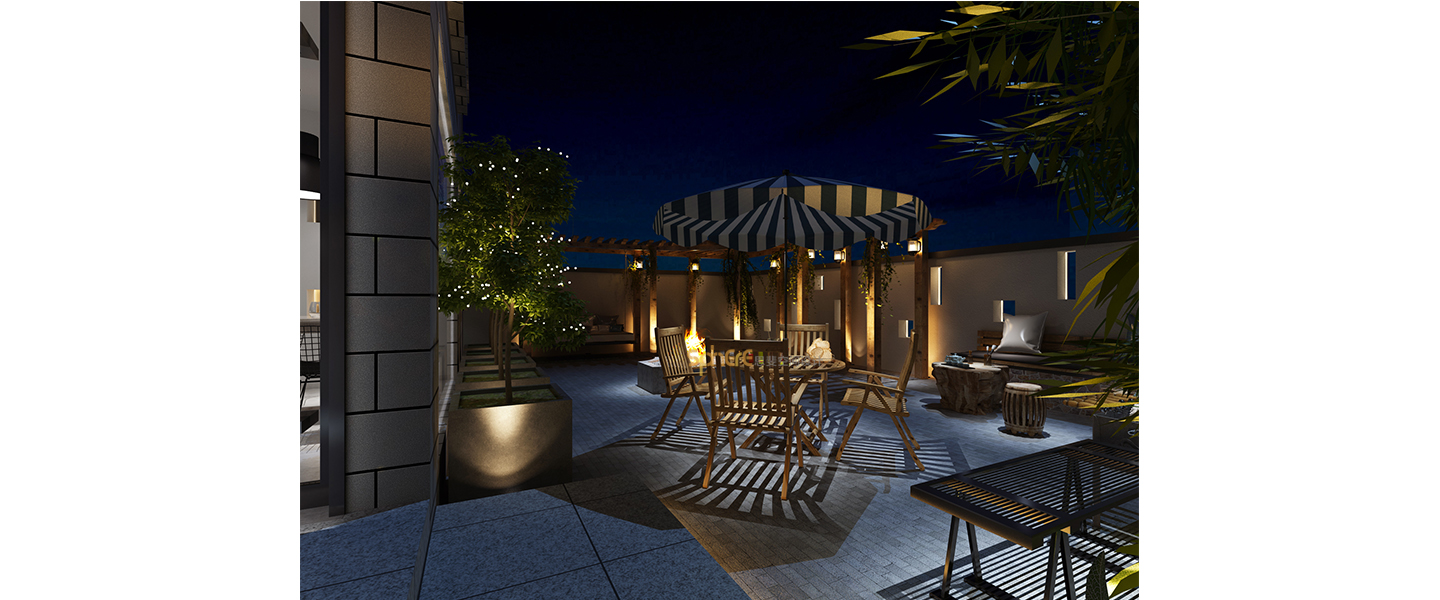Hanoi Museum gmp Architekten
2012-07-12 00:00
哈诺伊博物馆坐落在一个水景充足的公园里,游客们在那里已经看到了河内历史上的展品,并在进入博物馆景观时重建了传统的越南村庄。
The HanoiMuseum is embedded in a park with ample water features, where visitors already encounter exhibits from the history of Hanoi and reconstructed traditional Vietnamese villages on entering the museum landscape.
在广场建筑内,中央圆形中庭将一个入口层与三个展览层连接起来。这些被安排成梯田,进一步向外突出在每一个较高的楼层,形成一个倒金字塔。
Within the square building, a central circular atrium links an entrance level with the three exhibition levels. These are arranged as terraces projecting further outwards on each higher floor, forming an inverted pyramid.
这导致较低水平的阴影,这是能源效率概念的一部分。这样,里面的展品也能免受阳光的照射。
This leads to the shadowing of the lower levels which is part of the energy efficiency concept. By this, the exhibits inside are protected from the sun as well.
对游客来说,其效果是,放眼望去,他们似乎漂浮在风景之上。参观博物馆的人通过螺旋坡道到达上层。作为主要的特征,坡道提供了进入大厅和展区的透视图。第一至第三层仅用作展览用途,而第四层则设有会议室、研究室、办公室和图书馆。那里的空中空间也能容纳特别大的展品。在圆形中央空间,这意味着他们可以得到一个设置,感谢间接照明从屋顶灯光布置像风车帆。
For visitors, the effect is that, looking out, they seem to be floating over the landscape. Visitors to the museum reach the upper levels via a spiral ramp. As the dominant feature, the ramp offers perspectives into the entrance hall and exhibition areas. Whereas the first to third floors are used solely for exhibition purposes, the fourth floor also contains conference rooms, research rooms, offices and the library. Air spaces there also accommodate particularly large exhibits. As in the circular central space, this means they can be given a setting, thanks to the indirect lighting from the roof lights arranged like windmill sails.
 举报
举报
别默默的看了,快登录帮我评论一下吧!:)
注册
登录
更多评论
相关文章
-

描边风设计中,最容易犯的8种问题分析
2018年走过了四分之一,LOGO设计趋势也清晰了LOGO设计
-

描边风设计中,最容易犯的8种问题分析
2018年走过了四分之一,LOGO设计趋势也清晰了LOGO设计
-

描边风设计中,最容易犯的8种问题分析
2018年走过了四分之一,LOGO设计趋势也清晰了LOGO设计


















































